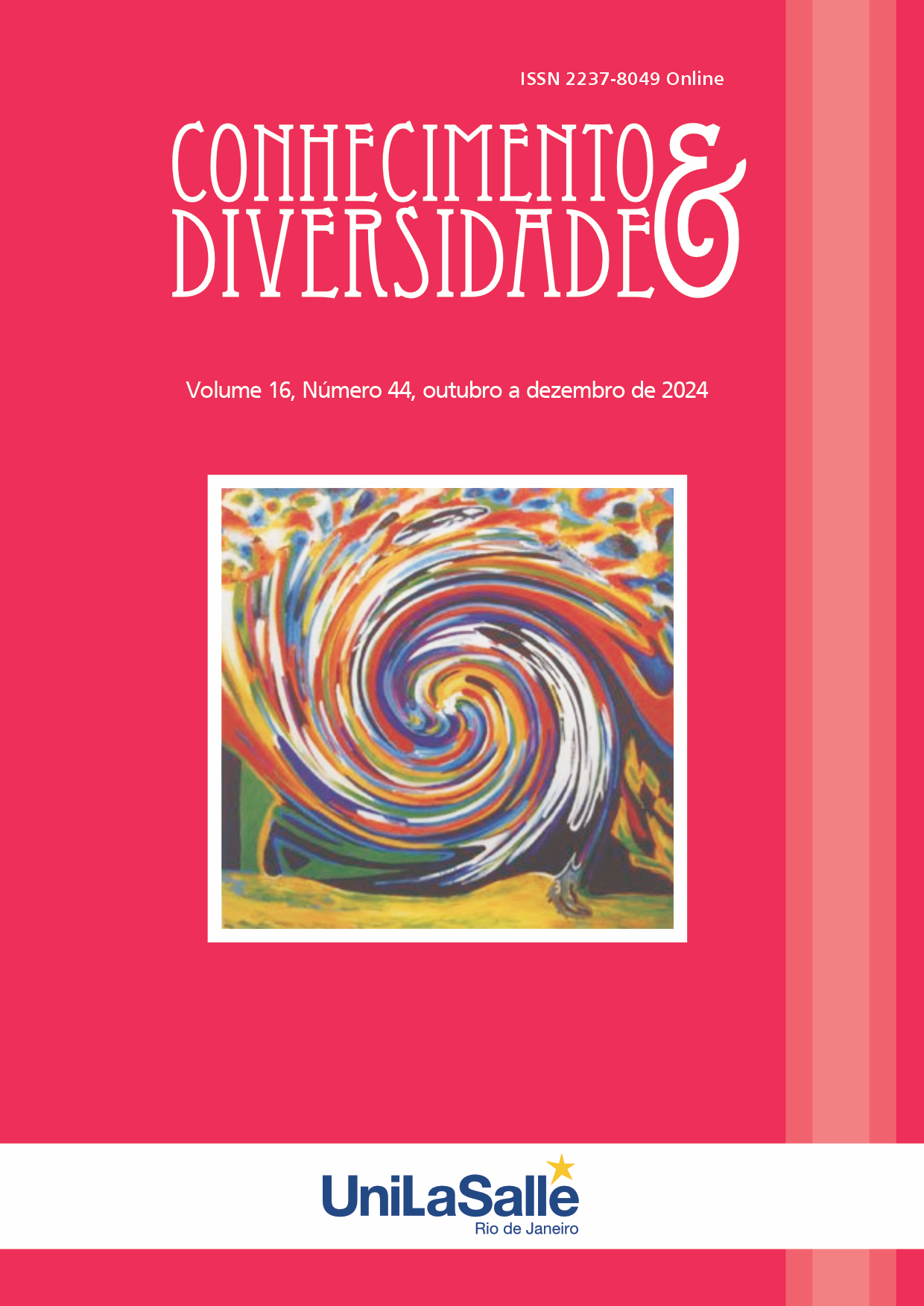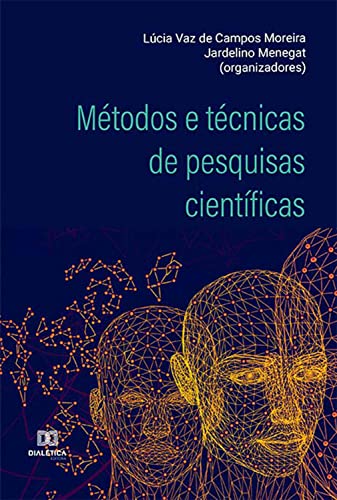EFFECTIVENESS OF COLD CALLING ON STUDENTS’ BEHAVIOR AND PARTICIPATION DURING CLASS DISCUSSIONS
PUNISHMENT OR OPPORTUNITY TO SHINE
DOI:
https://doi.org/10.18316/rcd.v16i44.12094Palabras clave:
Active learning, Class discussion, Class participation, Cold calling, Pedagogical methods, Student engagementResumen
Pedagogical objectives and the nature of the course content may lead instructors to take varied approaches to selecting a student for the cold call, specifically in a studio setup where students work on different projects independently and show progress work time to time at scheduled critiques. Cold-calling often proves to be an effective tool in eliciting a response without enforcing judgment onto the recipients. While there is a mixed range of behavior exhibited by students who are cold-called, a classification of responses from anxiety-provoking to inspiring may be elicited; there is a need for a greater understanding of utilizing the exchanges in bringing about fruitful and engaging outcomes of studio discussions. This study aims to unravel the dimensions of utilizing the cold-call approach in a didactic exchange within studio pedagogy. A questionnaire survey was conducted in an undergraduate class at Arts and Design School. The impact of cold calling on students’ participation was determined through various parameters, including course choice, participation frequency, students’ comfortability, and teaching methodology. After analyzing the surveys, specific classroom teachers were interviewed to provide a qualitative perspective of the faculty. It was concluded that cold-calling increases students’ participation frequency and also increases preparation for class. Around 67% of students responded that teaching methods play an important role in learning activities and students’ participation during class discussions. 84% of participants agreed that cold calling is an effective way of learning. According to research, cold-calling can be done in large numbers without making students uncomfortable. As a result, the findings of this study support the use of this instructional method to encourage more students to participate in class discussions.
Citas
Aguillon, S. M., Siegmund, G. F., Petipas, R. H., Drake, A. G., Cotner, S., & Ballen, C. J. (2020). Gender differences in student participation in an active-learning classroom. CBE—Life Sciences Education, 19(2), ar12.
Bishop, J., & Verleger, M. A. (2013, June). The flipped classroom: A survey of the research. In 2013 ASEE annual conference & exposition (pp. 23-1200).
Dallimore, E. J., Hertenstein, J. H., & Platt, M. B. (2010). Class participation in accounting courses: Factors that affect student comfort and learning. Issues in Accounting Education, 25(4), 613–629.
Dallimore, E. J., Hertenstein, J. H., & Platt, M. B. (2013). Impact of cold-calling on student voluntary participation. Journal of Management Education, 37(3), 305-341.
Diananugeraheni, P., & Zendrato, J. (2022). Class Discussions to Improve Students’ Active Participation in A Christian School During Online Learning. SANCTUM DOMINE: JURNAL TEOLOGI, 11(1), 115–130. https://doi.org/10.46495/sdjt.v11i1.125
Eddy, S. L., Brownell, S. E., & Wenderoth, M. P. (2014). Gender gaps in achievement and participation in multiple introductory biology classrooms. CBE—Life Sciences Education, 13(3), 478-492.
Hennink, M. M., Kaiser, B. N., & Marconi, V. C. (2017). Code saturation versus meaning saturation: how many interviews are enough?. Qualitative health research, 27(4), 591-608.
Hightower, A.M., Delgado, R.C., Lloyd, S.C., Wittenstein, R., Sellers, K. and Swanson, C. (2011). Improving student learning by supporting quality teaching. 3, 14. Aguillon, S. M., Siegmund, G.-F., Petipas, R. H., Drake, A. G., Cotner, S., & Ballen, C. J. (2020). Gender differences in student participation in an active-learning classroom. CBE—Life Sciences Education, 19(2), ar12.
Kay, M. R. (2018). Not light, but fire: How to lead meaningful race conversations in the classroom. Stenhouse Publishers Portsmouth, New Hampshire.
Lisdawati, I. (2024). EXPLORING DIVERGENT QUESTIONS AND COLD CALLING IN A CLASS DISCUSSION. JELA (Journal of English Language Teaching, Literature and Applied Linguistics), 6(1), 34–43. https://doi.org/10.37742/jela.v6i1.124
Mahdikhani, M., Hamzehloo, S., Shayestefard, M., & Mahdikhani, N. (2016). Student Participation in Classroom Discussions. International Journal of Science and Research (IJSR), 5(6), 1422–1431. https://doi.org/10.21275/v5i6.nov164514
Moser, M., Reusser, K., Wischgoll, A., Pauli, C., & Zimmermann, M. (2022). Student’s vocal participation trajectories in whole-class discussions during teacher professional development. Learning, Culture and Social Interaction, 34, 100633. https://doi.org/10.1016/j.lcsi.2022.100633
O’Connor, K. J. (2013). Class participation: Promoting in-class student engagement (report). Education, 133, 340–345
Orwat, J., Kumaria, S., Spira, M., Boyle, L., & Besinger, A. (2018). Class participation as a pedagogical tool in social work education. Social Work Education, 37(3), 361-377.
Rocca, K. A. (2010). Student participation in the college classroom: An extended multidisciplinary literature review. Communication Education, 59(2), 185–213.
Souza, T. J., Dallimore, E. J., Aoki, E., & Pilling, B. C. (2010). 13: communication climate, comfort, and cold calling: an analysis of discussion‐based Courses at multiple universities. To Improve the Academy, 28(1), 227–249.
Descargas
Publicado
Número
Sección
Licencia
Derechos de autor 2024 Maimuna Akram, Shahabuddin bin Md. Salleh, Khadija Zia, Sohaib Naseer, Hamza Iftikhar

Esta obra está bajo una licencia internacional Creative Commons Atribución 4.0.
Tal como recomienda el Public Knowledge Project, RCD adopta para sus artículos una licencia CREATIVE COMMONS: Attribution CC BY 4.0
Esta licencia permite que otros distribuyan, remezclen, adapten y desarrollen su obra, incluso con fines comerciales, siempre que le atribuyan a usted el mérito de la creación original.
Esta es la licencia más adecuada que se ofrece.
Recomendado para la máxima difusión y utilización de los materiales bajo licencia.



